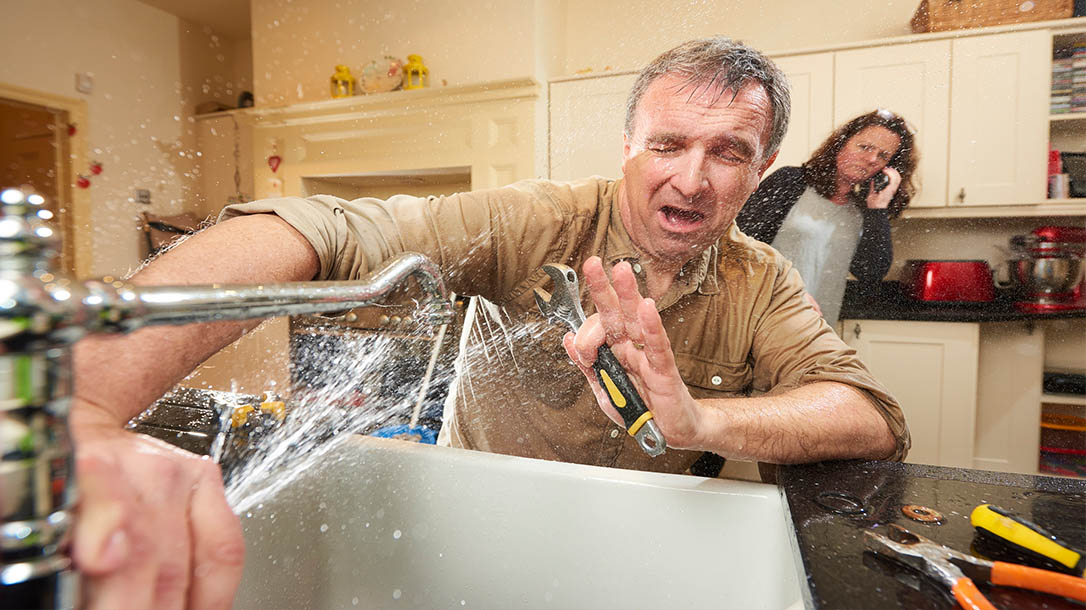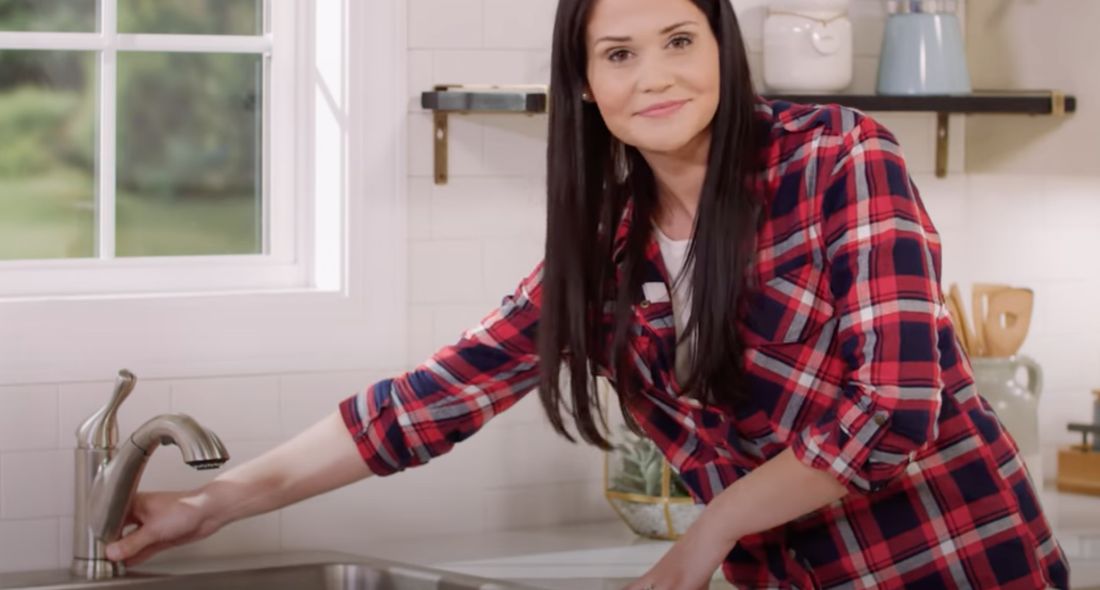Motives Why It's Crucial to Resolve a Malfunctioning Faucet
Recurring Service PlansAlmost everyone seems to have their own conception involving 4 Common Reasons for a Leaky Faucet.

Dripping taps may feel like a small trouble, however their effect goes beyond simply the inconvenience of the audio. From wasting water to sustaining unnecessary economic costs and health and wellness threats, disregarding a dripping tap can bring about various effects. In this short article, we'll look into why it's critical to resolve this common family concern without delay and properly.
Wastage of Water
Environmental Impact
Leaking faucets add dramatically to water wastefulness. According to the Environmental Protection Agency (EPA), a single faucet dripping at one drip per secondly can waste more than 3,000 gallons of water annually. This not just pressures water sources yet additionally affects environments and wildlife based on them.
Financial Expenses
Raised Water Bills
Beyond the environmental effect, dripping taps can blow up water bills substantially. The built up wastefulness over time translates into higher utility costs, which can have been prevented with prompt repair work.
Prospective Building Damage
Additionally, extended leaking can lead to damage to components and surface areas surrounding the tap. Water accumulation can cause discoloration, deterioration, and even architectural issues if left ignored, leading to extra repair work expenses.
Wellness Problems
Mold And Mildew and Mold Growth
The consistent presence of dampness from a trickling tap produces a perfect environment for mold and mold development. These fungi not only endanger interior air top quality yet likewise position health and wellness risks, particularly for people with respiratory problems or allergic reactions.
Waterborne Conditions
Stagnant water in trickling taps can come to be a breeding ground for germs and various other pathogens, increasing the threat of waterborne diseases. Contaminants such as Legionella microorganisms grow in stagnant water, potentially causing significant illnesses when ingested or inhaled.
DIY vs. Specialist Fixing
Pros and Cons of Do It Yourself Fixing
While some may try to deal with a leaking tap themselves, DIY repair services include their own set of obstacles. Without appropriate expertise and devices, do it yourself attempts can exacerbate the problem or cause insufficient fixings, prolonging the issue.
Advantages of Working With an Expert Plumber
Working with an expert plumber makes certain that the underlying reason for the dripping faucet is dealt with successfully. Plumbings have the expertise and tools to detect and repair faucet issues efficiently, conserving time and reducing the threat of additional damages.
Step-by-Step Guide to Repairing a Dripping Tap
Tools Called for
Before attempting to repair a trickling faucet, gather the needed tools, including a flexible wrench, screwdrivers, substitute parts (such as washing machines or cartridges), and plumber's tape.
Typical Tap Issues and Their Solutions
Identify the type of tap and the details issue creating the drip. Typical troubles include damaged washers, rusty shutoff seats, or defective O-rings. Describe manufacturer instructions or on the internet tutorials for detailed advice on repairs.
Preventive Measures
Routine Upkeep Tips
To stop leaking faucets, perform routine upkeep such as cleansing aerators, checking for leakages, and changing worn-out parts promptly. Additionally, take into consideration setting up water-saving gadgets or upgrading to extra reliable components.
Importance of Prompt Services
Dealing with leaking taps as soon as they're observed stops more water waste and prospective damages, inevitably saving both water and money over time.
Influence On Property Value
Understanding of Well-Maintained Home
Keeping a residential or commercial property in good condition, including attending to maintenance issues like trickling faucets, enhances its perceived value and worth amongst prospective buyers or occupants.
Impact on Resale Value
Properties with well-kept plumbing fixtures, consisting of taps, command greater resale worths in the realty market. Dealing with leaking faucets can add to a positive impression throughout residential property evaluations and negotiations.
Ecological Obligation
Individual Payment to Conservation
Taking duty for dealing with leaking faucets aligns with wider initiatives towards water preservation and environmental sustainability. Every individual's activities collectively make a considerable influence on preserving priceless sources.
Lasting Living Practices
By focusing on punctual repairs and embracing water-saving habits, people contribute to lasting living techniques that benefit both present and future generations.
Verdict
Dealing with a dripping faucet surpasses simple convenience; it's an important step towards saving water, minimizing monetary prices, and securing health and home. Whether with DIY repair work or specialist aid, doing something about it to repair leaking faucets is a tiny yet impactful way to advertise responsible stewardship of resources and add to a much healthier, much more sustainable future.
Most Common Reasons for a Leaky Faucet and How to Stop the Drip
Whether it’s your kitchen faucet leaking or a bathroom faucet leaking, one leaky faucet can waste anywhere from three to 30 gallons of water every single day. If the constant drip-drip-drip doesn’t get your attention, your water bill will. The good news is that, by following a few simple steps, chances are pretty good you can fix the problem yourself.
Why is it dripping?
Before you start taking things apart, let’s break down some of the most common causes of a leaky faucet.
Bad O-ring.
A cartridge is a valve that controls the flow of water into the faucet spout. On cartridge faucets there’s an O-ring—the little disc attached to the stem screw that holds the faucet handle in place. If it’s loose or worn-out, it can cause your sink handle to leak. Of course, the cartridge itself could be worn out. If that’s the case, make sure you replace it with the exact same kind.
Corroded valve seat.
The valve seat connects the faucet and the spout. If the leak seems to be coming from the spout, it might be because a buildup of water sediment has corroded the valve seat.
Worn-out washers or seals.
A leaky spout could be caused by a bad washer that rests against the valve seat. It’s just a matter of time before friction takes its toll. It could also be the wrong size washer or one that’s been installed incorrectly. Water sediments can also corrode inlet and outlet seals.
Water pressure.
If the faucet only drips now and then, or when you turn the handles a certain way, you should probably check your home’s water pressure.
Loose or broken parts.
The adjusting ring and packing nuts in the stream screw can become loose over time, causing your sink handle to leak. Try tightening or replacing the packing nut. If the leak is coming from the pipes underneath the sink, you probably have a broken pipe or fitting. If that’s the case, you should definitely call a plumber.
Know your faucet.
Faucets come in a variety of types. Each one has its own assembly—and its own possible causes of leaks. Learning about the four most common kinds of faucets will help you know how to take them apart and make any repairs.
How to stop a leaky faucet
Fixing that leaky faucet doesn’t have to take a lot of time, money, or expertise. It’s usually a simple matter of replacing a worn-out washer or gasket, a loose O ring, or another part. Chances are really good you can do this yourself if you follow these simple steps.
Shut off the water.
Before you tackle the faucet, cut off the water supply to the sink. There should be one valve for hot and one for cold. Hand-turn them clockwise with your hands till they close. If there are no valves under the sink, head to the basement and shut off the main water supply to the house. Then turn on the faucet until it empties out the water that’s still in the line and you’re ready to start. It’s a good idea to cover the sink drain with a plug or a rag so you don’t lose any small pieces and parts while you’re working.

As a passionate person who reads on Why Is It Important To Fix Your Leaking Tap/Faucet?, I was thinking sharing that post was essential. Sharing is nice. Helping people is fun. Thanks for being here. Return soon.